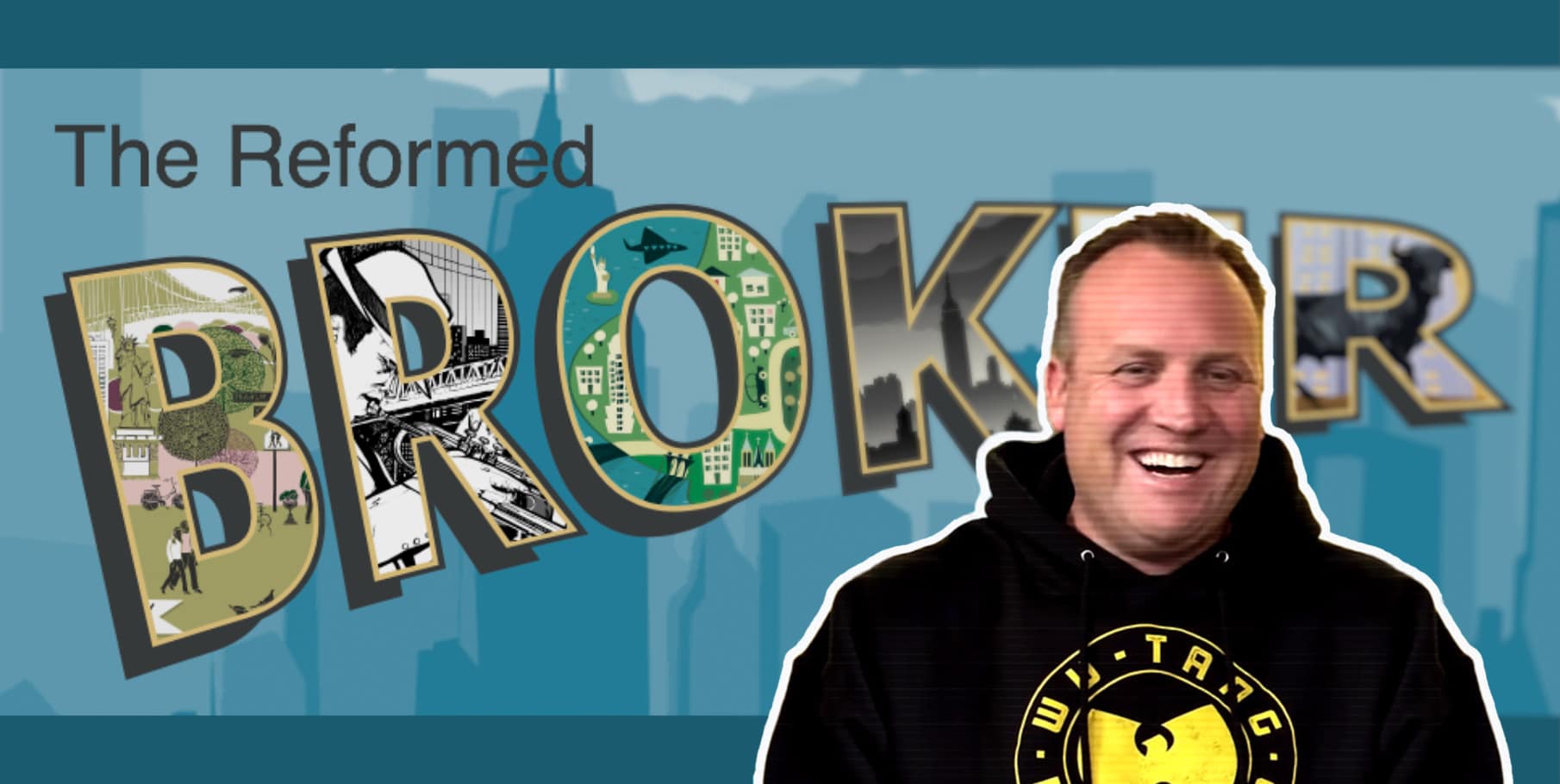I’ve been reading Jamie Dimon’s letter to JPMorgan Chase shareholders over the last two days (it’s long) and wanted to check in here to share this bit about what happened with the banking system this spring. He is uniquely positioned to share a point of view on it…
The recent failures of Silicon Valley Bank (SVB) in the United States and Credit Suisse in Europe, and the related stress in the banking system, underscore that simply satisfying regulatory requirements is not sufficient. Risks are abundant, and managing those risks requires constant and vigilant scrutiny as the world evolves. Regarding the current disruption in the U.S. banking system, most of the risks were hiding in plain sight. Interest rate exposure, the fair value of held-to-maturity (HTM) portfolios and the amount of SVB’s uninsured deposits were always known – both to regulators and the marketplace. The unknown risk was that SVB’s over 35,000 corporate clients – and activity within them – were controlled by a small number of venture capital companies and moved their deposits in lockstep. It is unlikely that any recent change in regulatory requirements would have made a difference in what followed. Instead, the recent rapid rise of interest rates placed heightened focus on the potential for rapid deterioration of the fair value of HTM portfolios and, in this case, the lack of stickiness of certain uninsured deposits. Ironically, banks were incented to own very safe government securities because they were considered highly liquid by regulators and carried very low capital requirements. Even worse, the stress testing based on the scenario devised by the Federal Reserve Board (the Fed) never incorporated interest rates at higher levels. This is not to absolve bank management – it’s just to make clear that this wasn’t the finest hour for many players. All of these colliding factors became critically important when the marketplace, rating agencies and depositors focused on them.
The bold is him, not me.
In the financial system, risks almost always do hide in plain sight – because they are only potential risks during the majority of the time. When they go from being potential risks to actual risks it can be sudden and the ramifications are not always obvious, even if you’re focused on them or you’re watching in real-time.
The uniqueness of the problems at SVB have been written about ad nauseum. Financial stocks fell almost 10% in March and the Banks industry group is down 19%. If Jaime is right this could represent an opportunity for investors who want to place the bet that recent fears have been overblown. My friend Brian Belski at BMO put out a note this morning suggesting exactly that – he notes that 44% of financial sector stocks in the S&P 500 are ranked as being high quality which is above the historical average. Further, financial sector stocks are expected to grow their dividends by 9% over the next 12 months, the second highest of all sectors. Worth considering.
Read the rest of the letter from Ser Jaime here:



